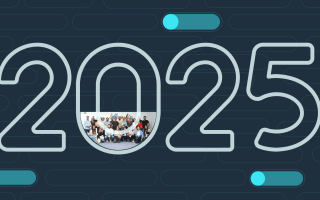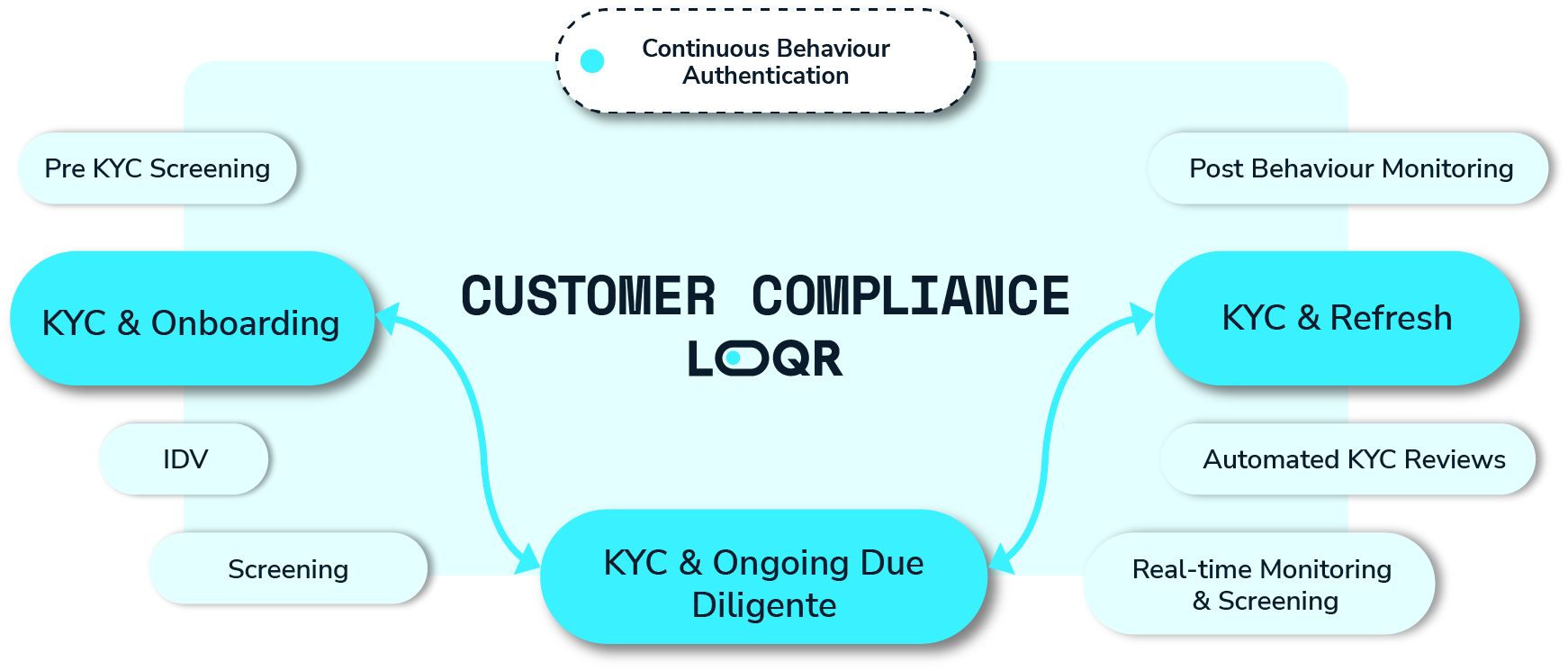
Perpetual KYC: a cutting-edge approach to customer data maintenance

Given the rapidly changing environment, a new approach known as Perpetual Know Your Customer (pKYC) has emerged, becoming increasingly crucial across the financial ecosystem.
The fast and persistent changes in the financial landscape bring new challenges to all financial institutions. The increase in digital transactions and the ever-present threat of financial crimes and fraud actions demand new approaches to ensure their financial systems’ integrity.
LOQR’s Platform offers the possibility to implement an ongoing process of updating and verifying customer information instead of conducting periodical KYC verifications.
How has LOQR built its journeys to respond to the newest trend of the KYC process?
LOQR’s compliance and technology teams continuously research and implement the best policies and practices.
The concept of perpetual KYC has been evolving from several perspectives, from financial institutions to customers. Although several customers resist, stakeholders agree about the importance of data maintenance.
According to new compliance and AML obligations, LOQR is helping financial institutions to regularly review their customer information, creating solutions to keep it stored and updated.
Perpetual KYC: from a concept to an organisational value to pursue
Perpetual KYC is a groundbreaking concept that is helping to revolutionise compliance practices and security levels and is also helping to combat fraudulent activities. It is an approach to maintaining up-to-date customer information and monitoring their activities on an ongoing basis. Unlike traditional KYC processes conducted during onboarding, pKYC involves regularly updating and verifying customer information throughout the customer relationship lifecycle (Figure 1).
By embracing continuous customer monitoring and real-time data analysis, pKYC offers financial institutions a dynamic and proactive way to mitigate risks, reduce operational costs, maintain regulatory compliance, and foster trust in an era defined by emerging threats.

Figure 1. LOQR’s Customer Compliance Solution
The main benefits of Perpetual KYC
The goal of pKYC is to ensure that financial institutions have the most updated and accurate information about every customer, not only the new ones, to mitigate risks associated with money laundering, terrorist financing, fraud, and other illicit or fraudulent activities.
Our customer screening and monitoring solutions, combined with leading AI and cutting-edge API integration, allow LOQR’s Platform to review collected data automatically.
The framework for a successful pKYC implementation
– Data – Regulators have been putting some pressure on monitoring processes and systems. That is why the amount of data stored is a challenge that financial institutions must manage by keeping it safe and updated.
– People – Engaging all stakeholders with clear ownership of processes and information is the right way to guarantee a successful pKYC implementation. The governance models must be aligned with the “data culture”.
– Policies – Clear guidance and automated processes are key factors that should be reinforced in financial institutions and their providers.
– Dematerialisation – Digitalizing all stages of pKYC is paramount to an efficient implementation since all necessary actions are integrated into a single and transversal solution.
– Technology – A crucial point that structures all processes of pKYC implementation. A robust and well-designed technology ecosystem is necessary to leverage automation and data control.
Regarding the challenges and demanding regulatory framework that all financial ecosystems face, the pKYC implementation is a must-have in this technological and virtual era, where customer behaviours constantly change.
The pKYC concept allows financial institutions to stay ahead in the evolving regulatory landscape and safeguard against financial crimes while delivering a seamless and trustworthy customer experience.

